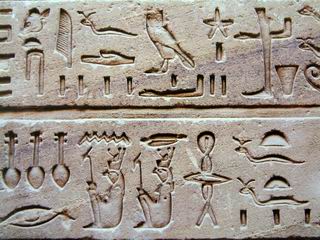| English: Graffiti in Bethlehem Polski: Graffiti w Betlejem Deutsch: Ein Graffiti in Betlehem (Photo credit: Wikipedia) |
Clearly, I am a storyteller
and I believe strongly in the power of image(s) and the interconnection of
other media to share narrative. Much of my thinking and work is related to
this. Recently, I blogged about the need for an open source image collection so
we at VCU might be better able to tell our stories and teach through their
power.
| VCU Student Commons, Monroe Park Campus (Photo credit: Wikipedia) |
What are the differences
between a myth and a narrative?
| English: Flag of the Navajo Nation Diné bizaad: Diné Bikéyah (Naabeehó Bikéyah) bidah naatʼaʼí (Photo credit: Wikipedia) |
What are the differences between
story and myth?
As we tell stories of our
own development, are they about something we want to come true/develop or are
they about something that exists?
Telling these stories forces
me to ask:
Who am I (are we)?
What examples can we
provide (individually or collectively)?
What do I (we) want to become?
What actions will I (we) pursue
individually and with others to achieve our vision?
Again, the Wideo blog is
clearly about marketing. But, I wonder how this information might apply if we
think about the meaning of "brand" from institutional,
organizational, individual and most importantly, educational perspective(s). How about changing the
idea of “opportunities
for media to create a deep relationship with customers”, to using resources to create more opportunities for
media to encourage a deep relationship with other learners?
| Standard language: Ptolemaic hieroglyphics from the Temple of Kom Ombo. (Photo credit: Wikipedia) |
I think these are interesting questions and ideas to explore.









